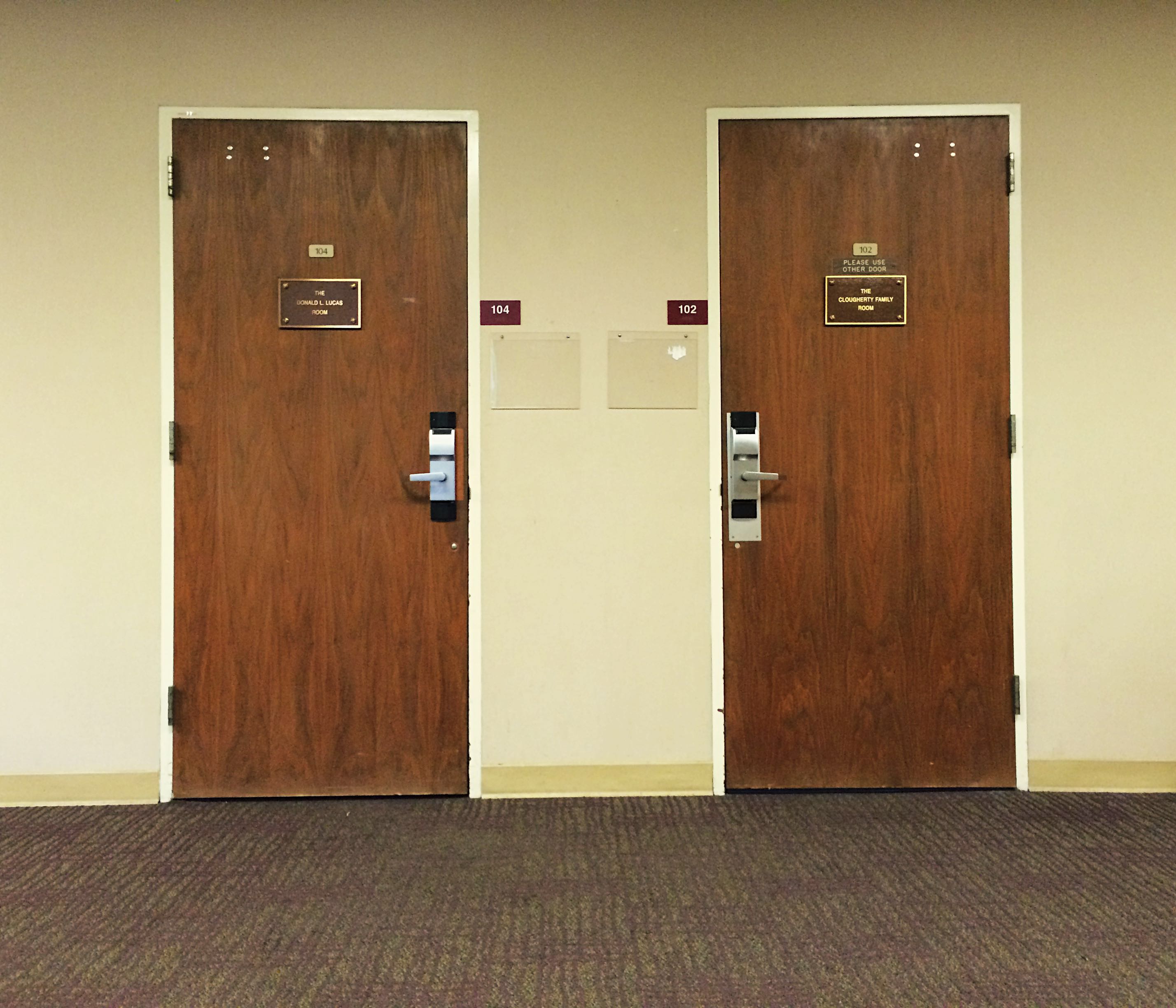Earlier this summer I spent a few days in Ann Arbor, Michigan, attending University of Michigan’s National Intergroup Dialogue Institute. It’s an intense program, focused on some hard-to-tackle issues: Social justice, social differences, oppression, and on how to bring about dialogue. The time is about equally divided between workshops and big hall lectures/discussions. The workshop time was spent in smaller groups that stayed the same through the conference, so there was enough time to start getting to know the other participants a little bit.
We left California just as spring quarter was ending, and right before summer school was about to start. I was tired from a long stressful school year. I was tired of people, and I was definitely tired of people telling me what to do. And, having spent the past 15 years teaching about social justice, inequality, and prejudice, gaining plenty of experience guiding groups through difficult conversations in the process, I overlooked the (obvious) need to prepare mentally for the four-day institute.
The first few meetings in our smaller group were interesting, and it was obvious that people came from very different backgrounds. I listened more than I spoke. Partially out of teacher-habit (the worst thing an instructor can do is talk too much when you want a group to share experiences), and partially because I know that my own white, educated, middle class, northern European, background is one where structures have granted me privilege, rather than caused me to struggle.
Over the few days the institute lasted, I grew increasingly frustrated. I’m writing this on August 9 – about a month and a half after we returned from Michigan. Today a couple of the pieces finally fell into place.
The first piece is something I once learned from a gay student. Having come out some time earlier, and agonized over the decision, he realized one day that the coming out process was never going to be over. As a gay man, he would have to keep coming out for the rest of his life. To new friends, new colleagues, maybe to their friends. He told me that he had gone to a gay professor for advice, and she had told him that he was right. It would never end. Exhausting, right?
I walked into the small group discussions in Michigan with a lot of experience from similar situations. But I failed to realize that no one knew that about me. No one knew me at all, as a matter of fact. What I was doing was assuming that everyone would take one look at me and automatically know that I was one of the “good” white people. And that is, to be honest, exceptionally annoying behavior. It’s self-important, and egocentric. And as a white, privileged, person you really don’t need to be egocentric in discussions about social justice and racism. When I see such attitudes in my students I call them on it. Yet I was blind to it in myself.
The second piece was a comment Tim Wise made today about the #blacklivesmatter protest at a Bernie Sanders rally in Seattle yesterday. Wise’s point is that racism upholds class differences in the US. So, when white leftists (like Sanders) want to deal with class issues first, and assume that after that racism will take care of itself, they are seriously missing the point. That’s the reason, Wise says, that “white leftists have to EARN the votes of people of color and white antiracists”.
And that’s when it dawned on me. At the conference in Ann Arbor I grew increasingly tired, irritated, and cranky, because I felt pushed to prove myself (AGAIN! the unfairness!) to people of color. And in that, I was so wrong. The truth is that I will have to prove myself, over and over again, to everyone around me, and to myself, for the rest of my life.
And the exhaustion I felt, and have been feeling since I came back from Michigan, that’s just how it is. As a white person I have the privilege of being able to take a break. But, there is no turning off injustices. There are no breaks for anyone suffering from oppression.
My exhaustion actually brings me closer to others. For once I too felt boxed in, judged, and limited. And I didn’t like it one bit.

